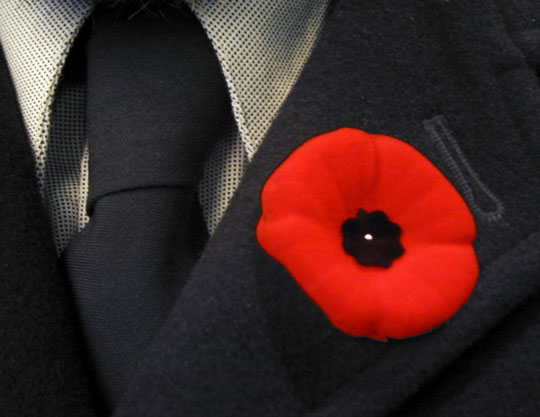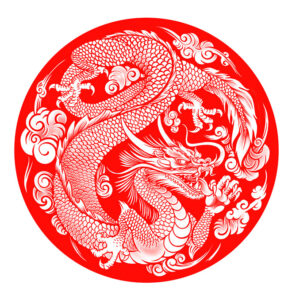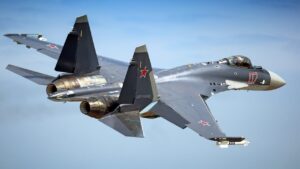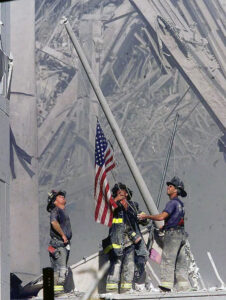Memorandum
Subject: War, Death, and Remembrance In Flanders Field
To: All Readers and Interested Parties
From: Greg Smith, Author
Date: 1 November 2025
BACKGROUND:
At the eleventh hour, on the eleventh day of the eleventh month of 1918, the guns fell silent. For four long years, the war that was ignited with a pistol shot in Serbia, raged around the globe. Millions perished in the trenches of France and Belgium, in the frozen fields of Russia, in the dirt of Gallipoli, the jungles and savannahs of Africa, the deserts of Arabia, and in the waters of the Atlantic and Pacific. The fighting was brutal, the conditions horrifying, and the gains marginal. Yet no one dared to quit, to look for a path to peace. The perpetuation of empires and convoluted alliances had ignited the flames, pride, ego, and arrogance that fed the slaughter.
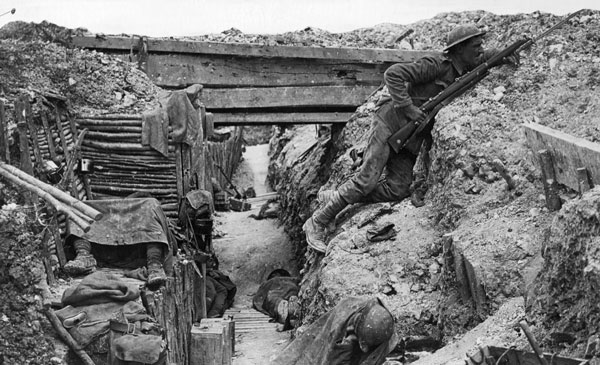
In April 1915, at the second battle of Ypres, the Germans used chlorine gas for the first time. The British and Canadians held the line. A physician from Ontario, Lieutenant Colonel John McCrae was part of the battle, having elected to serve in the infantry rather than the medical corps. During the battle, a close friend, Alexis Helmer, was killed. Alexis was buried in the mud, with a mere wooden cross identifying his grave. Beneath the marker, poppies had already taken root. McCrae, still grieving his friend, reflected on the sight and penned a poem:
In Flanders Fields
By John McCrae
In Flanders fields the poppies blow
Between the crosses, row on row,
That mark our place; and in the sky
The larks, still bravely singing, fly
Scarce heard amid the guns below.
We lived, felt dawn, saw sunset glow,
Loved and were loved, and now we lie,
In Flanders fields.
To you from failing hands we throw
The torch; be yours to hold it high.
If ye break faith with us who die
We shall not sleep, though poppies grow
In Flanders fields.
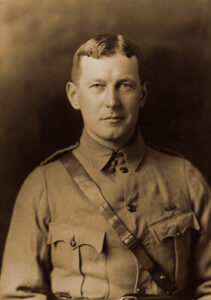
The Armistice that ended the war in 1918 was signed in a rail car in Versailles. Sadly, John McCrae did not survive the war. His words of grief and loss resonate even today and remind us that we all lose something when generals and politicians decide to play the game of war
World War I was so terrifyingly grotesque and the slaughter so extreme, that it was called the “war to end all wars.” Yet nothing could have been further from the truth. World War I and its aftermath set the stage for World War II thirty years later and ushered in industrialized warfare on a grand scale. World War I incorporated new technologies like airplanes and submarines and expanded on the advances of weapons like machine guns and massive artillery barrages. Horrifying new weapons, including chlorine and mustard gas, ushered in the prospect of chemical warfare. The war redrew national boundaries, created new states where none existed, and planted the seeds of conflicts that still haunt us today.
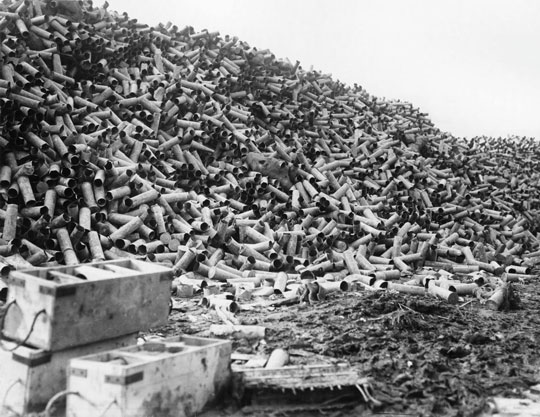
On November 11, 1919, on the first anniversary of the end of the war, King George of England observed the first Armistice Day. The King declared the day to be marked with two minutes of silence at 11:00 to remember the fallen. Other nations also marked November 11th as a day of remembrance. In 1938, the US designated Armistice Day as a Federal holiday. Later, in 1954, with World War II still in recent memory, President Eisenhower renamed Armistice Day to Veterans Day to honor military veterans of all wars.
November 11 remains Veterans Day in the United States and is the proper time for all of us to remember those who sacrificed all to preserve our freedoms.
INTELLIGENCE ASSESSMENTS:
World War I ended with a whimper and a fragile peace. Most people have little to no understanding or appreciation for the impact of the war. The war to end all wars is often forgotten, ignored or glossed over in favor of larger conflicts like World War II, or more controversial conflicts like Vietnam. To many people, World War I has been romanticized through various figures like Manfred von Richtofen (the Red Baron), or even the cartoon character of Snoopy from Peanuts.

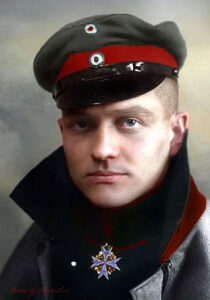
Hollywood contributed a few seminal works, starting with Sgt. York, portrayed by Gary Cooper in the 1941 film. The 1928 novel All Quiet on the Western Front gave the public their first glimpse into the horror of the war, which was followed by a 1930 film based on the book. Still, most of the world wanted to put the horrors of the conflict and the death of millions behind. The industrial advances that came from the war helped transition economies toward new products and created a boom that led to the “Roaring Twenties,” a period of general prosperity.
The “War to end all wars” did no such thing. The national pride, arrogance, ego and a desire for retribution fueled the post war negotiations. The French and English demanded punitive reparations from Germany for starting the war. The reparations sent a fragile economy into a spiral, the German government collapsed, and the people felt betrayed by their leaders. The seeds for future conflict were planted in the fertile soil of debt and fertilized by anger.
Political changes:
The German Empire under Kaiser Wilhelm II had entered the war in support of their allies, the Austro-Hungarian Empire. Germany was the stronger partner and dominated the war effort. The Austro-Hungarian empire was sidelined throughout the war and formally ceased to exist with the Armistice. Other empires also fell due to the war. In 1914, the Tsarist Russian Empire was the most fragile of the historic powers. Economic disparity and general disaffection had already planted the seeds of revolution. Inept and incompetent management of the war accelerated the divide. In 1917, a successful revolution saw the end of Tsarist rule in Russia but mired the country in internal conflict.
Seeking to sow chaos inside Russia and free their troops to shift from the east to the west, Germany provided safe passage and funding for the return of Vladimir Lenin. By October 1917, the Bolsheviks seized power and began negotiating a separate peace treaty with Germany. The Russian empire had fallen, and a new Communist state was formed.
In the Middle East, the Ottoman Empire had reigned supreme across most of the Muslim world since the capture of Constantinople in 1453. Ottoman Turkey ruled over a vast empire that included the Arabian Peninsula, the Bosphorus, Anatolia, Syria and much of North Africa. At the outbreak of war, Ottoman Turkey allied itself with Germany against British rule and incursions in the region. The war in the middle east is again romanticized through Hollywood films that tell the heroic tales of T.E. Lawrence, or Lawrence of Arabia, as he has become known. The only other notable stories of the war in the region are of the disastrous campaign to take the Dardanelles at Gallipoli, planned and supported by the First Sea Lord, Winston Churchill. Although the campaign was a failure, Ottoman Turkey was on the losing side of the conflict, and lost control over most of the empire as a result. The British and French collaborated in partitioning Ottoman holdings and creating what would become the countries of Syria, Lebanon, Jordan, Transjordan, Palestine, Iraq and Saudi Arabia.
The British and French retained their empires for the time being but were both in a severely weakened position. The years of war had emptied their treasuries and cost an entire generation of young men. Their national pride was battered and their egos in tatters. The two empires were in decline. Over the next fifty years, following a second global war and a series of smaller conflicts, these empires would reach their inglorious ends. World War I had not ended war, but it ended the era of European empires.
Military Changes:
The Generals that managed WWI were relics of a bygone era. Entering 1914, the top generals began their careers during the period 1850-1870, prior to the development of modern weapons. Their experience included brightly colored and decorated uniforms, mass infantry movements across open lands, and fast cavalry charges to turn the enemy flanks. They learned to conduct warfare in faraway lands like Afghanistan, South Africa, and the Crimea. They were ill-equipped to understand the impact of modern technology on warfare.
The machine gun had become available well prior to the war, but was seen as merely a toy, not suited to civilized combat. Artillery had also been in use for centuries, but new methods, arms and tactics ensured a scale of devastation unimaginable through timed and rolling barrages. The accuracy of artillery over great distances improved dramatically, and new types of explosive shells increased lethality. Other types of shells, namely containing poisonous gases and chemicals ushered in a new type of grotesquely industrialized warfare.

The development of the internal combustion engine led to new weapons created from modified tractors and automobiles. The taxis of Paris famously helped deliver troops to the front in 1914. Armored vehicles soon followed and eventually led to the tank. The first tanks were armored behemoths bristling with guns, intended to cross over barbed wire obstacles and trenches in no-man’s land. Future generals like George Patton, Erwin Rommel, and Heinz Guderian took notice.


The airplane was seen as merely a toy for the rich, and not as a useful tool for more than scouting and artillery spotting until pilots began to carry weapons aloft. Soon, friendly waves between rival aviators gave way to pistol shots, dropping grenades on the enemy and eventually dedicated air combat. Both sides equipped small pursuit ships with machine guns and sought out enemy spotters and bombers. Aerial combat, and close air support through the strafing of trenches, soon followed. Large aircraft and Zeppelins led to the development of strategic bombing. Germany even launched raids against England in a foreshadowing of the next war.

At sea, the development of the submarine led to a new and devastating type of warfare. Seeking to starve Britain out of the war, Germany built a fleet of Unterseeboot (U-boats). Initially, the submarines targeted merchant vessels. By 1917, the strategy shifted to unrestricted warfare. The submarines were incredibly effective and generated great fear for trans-Atlantic passage. Over 5,000 ships were sunk during the war. The lessons derived from this first U-boat war were forgotten and had to be relearned thirty years later.
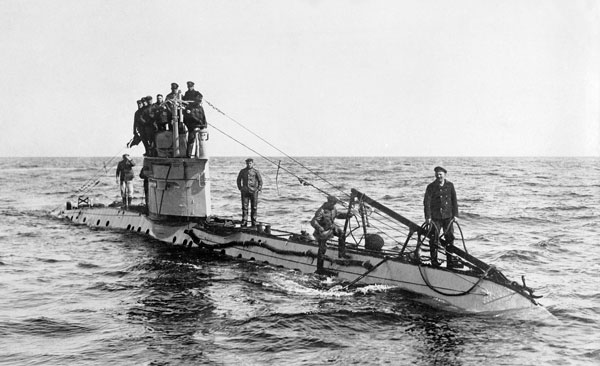
Aftermath:
The future generals of World War II experienced the horror of the trenches first-hand and learned to employ modern technology through hard won experience. Heinz Guderian fought in several major battles as a Signals officer. He learned the value of effective battlefield communications and adapted those lessons as the architect of Blitzkrieg. George Patton commanded the 1st Provisional Tank Brigade and later developed the US tank school. Bernard Montgomery fought as an infantryman in multiple battles and was wounded twice. His later writings reflect his disgust at the way WWI generals held life in low regard. The experiences of future generals like these directly influenced the conduct of the next war.
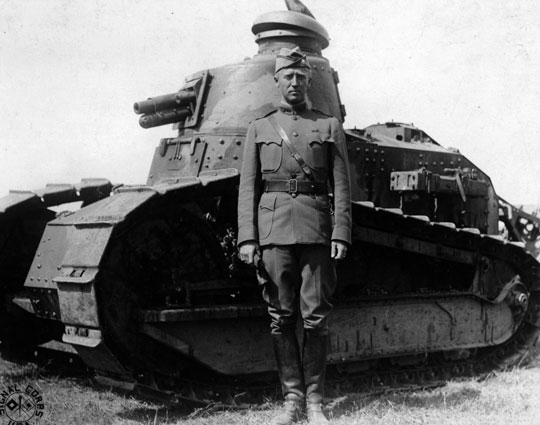
World War I is largely ignored in the classroom and in military education circles. What little coverage that exists usually consists of an examination of the horror of the trenches, the use of gas, or the development of modern weapons. Few consider how the war shaped the future and ended the age of empires. Empires fell and were replaced by new systems and new states, creating new enmity across national boundaries. Unresolved grievances and unrequited ego led directly to a second global war of even greater scale and impact. The nation states, governments and economic systems created from the flames of 1918 ignited the hot, cold, covert, insurgent, and proxy wars we are still fighting today.
CURRENT OPERATIONS UPDATE:
Killer’s Reign is shaping up nicely. I have been working steadily to make the changes and improvements recommended by my editor. I am very happy with the direction the story has taken and know that the changes will improve the narrative. Still, there is a lot left to do, and I have not made as much progress as I had hoped. I still plan to complete the rewrite and revisions over the coming month and have a new version ready for the new year. Meanwhile, I continue to work the rewrite of Sleeper Cell and develop the plot and story line for a World War II historical fiction thriller and associated screenplay.
COMMUNICATIONS UPDATE:
Friends and acquaintances sometimes ask where I get my ideas or if I have an idea for another story. I always respond that there are far more stories than anyone could write in a dozen lifetimes. The daily news cycle is full of conflicts, tragedy, intrigue and treachery. Every event sparks ideas for a story. There is literally no shortage of material to feed an active imagination. My stories, Killer’s Reign and Sleeper Cell draw on current events as well as my own experience. Although works of fiction, I strive to ensure that the events and characters are plausible and representative of real word events and scenarios.
Check my website regularly for more information about my books and stories, updates on current events, and interesting tidbits of intelligence.
This month, remember all those who served and bear witness to the poppies that still grow –
In Flanders Fields.

Greg Smith
Author
cc:
S2 Intelligence
S3/5 Operations & Plans
S6 Communications

